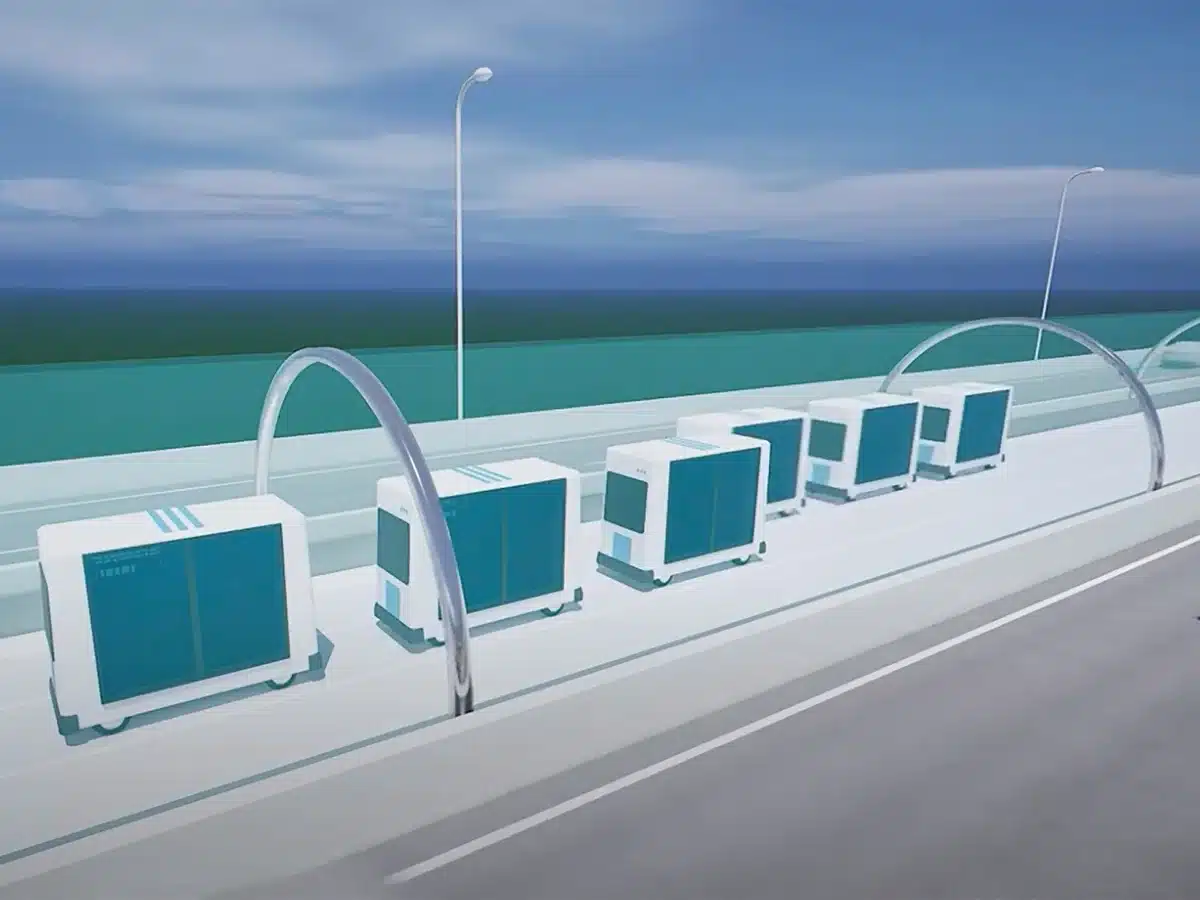Japan plans to move goods using a conveyor belt!

The shortage of drivers and the rise of parcel delivery are forcing Japan to rethink freight transportation
The Land of the Rising Sun is facing a shortage of truck drivers, and at the same time, parcel deliveries have skyrocketed since the COVID-19 pandemic. Before the global spread of the virus, 40% of households received deliveries of all types of products; that figure has now increased to 60%. The Japanese Ministry of Land, Infrastructure, Transport and Tourism has considered an alternative.
And the solution has been revealed to the world. It involves a massive conveyor belt that allows goods to be transported between Osaka and Tokyo. The exact location of this conveyor is not yet known. It could be installed along the highway or inside tunnels created for this purpose. An ambitious idea that is unconventional, but if realized, could significantly change the future of freight transport. Notably, the United Kingdom and Switzerland are also exploring similar projects to Japan’s.
Questions and answers
If the project is completed, it will undoubtedly be very costly. The construction of a 500-kilometer tunnel is estimated at 21 billion euros. However, the total cost of the project is estimated to exceed 200 billion euros (!). There will be no more complaints about delivery costs with that.
On the other hand, the planet would be pleased. Experts estimate that the Japanese conveyor belt would replace around 25,000 trucks on Japanese roads daily. This would help reduce traffic congestion and pollution. Likewise, the demand for delivery drivers and truckers would significantly decrease. Quite good news, especially considering that the Japanese population is not getting any younger.
In any case, we are only at the beginning of the project since the route for the conveyor belt has not yet been defined. The deadline is set for 2034, but as with many large-scale projects, delays are likely.
This page is translated from the original post "Le Japon veut faire circuler des marchandises via un tapis roulant !" in French.
We also suggestthese articles:
Also read






